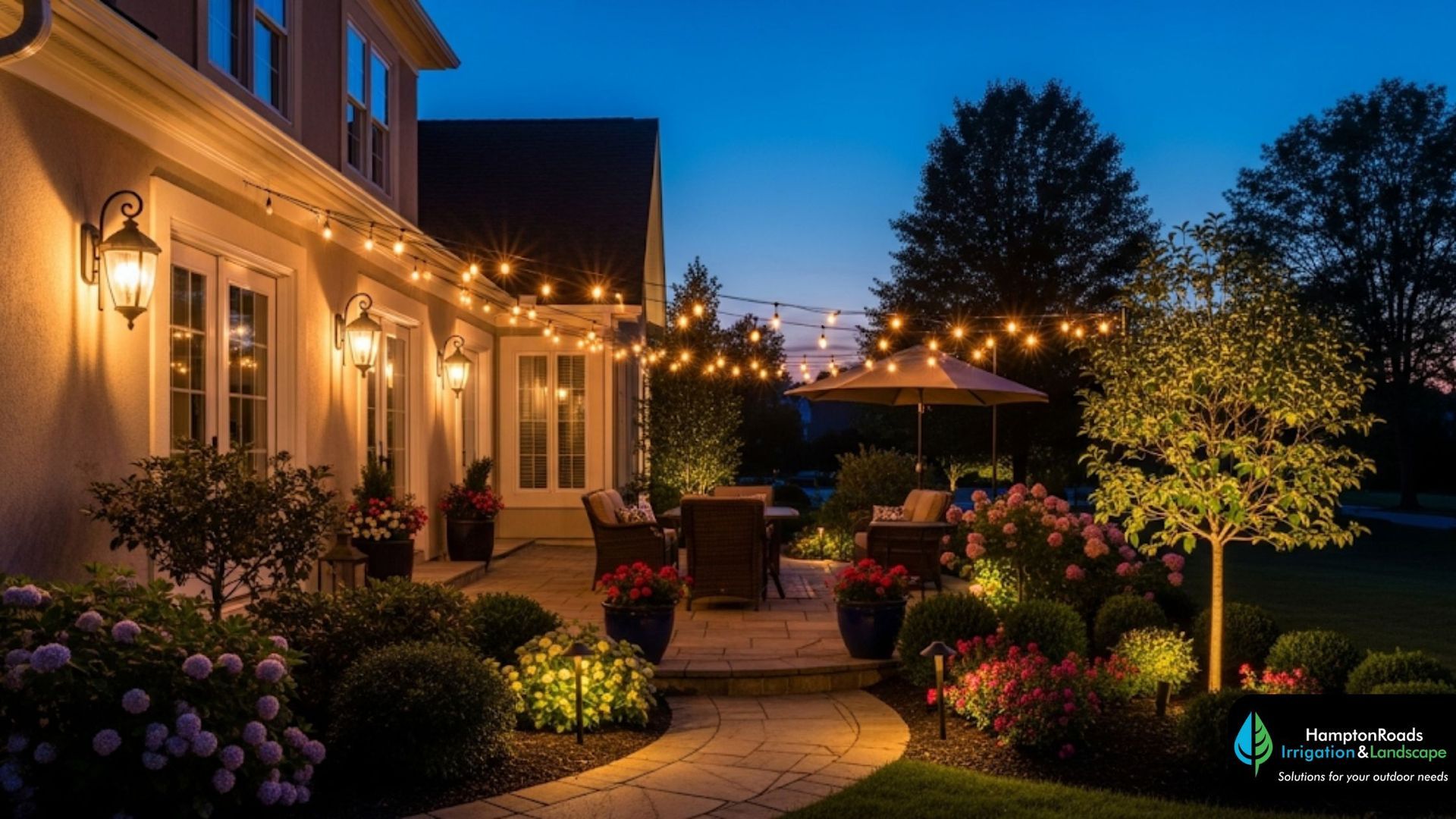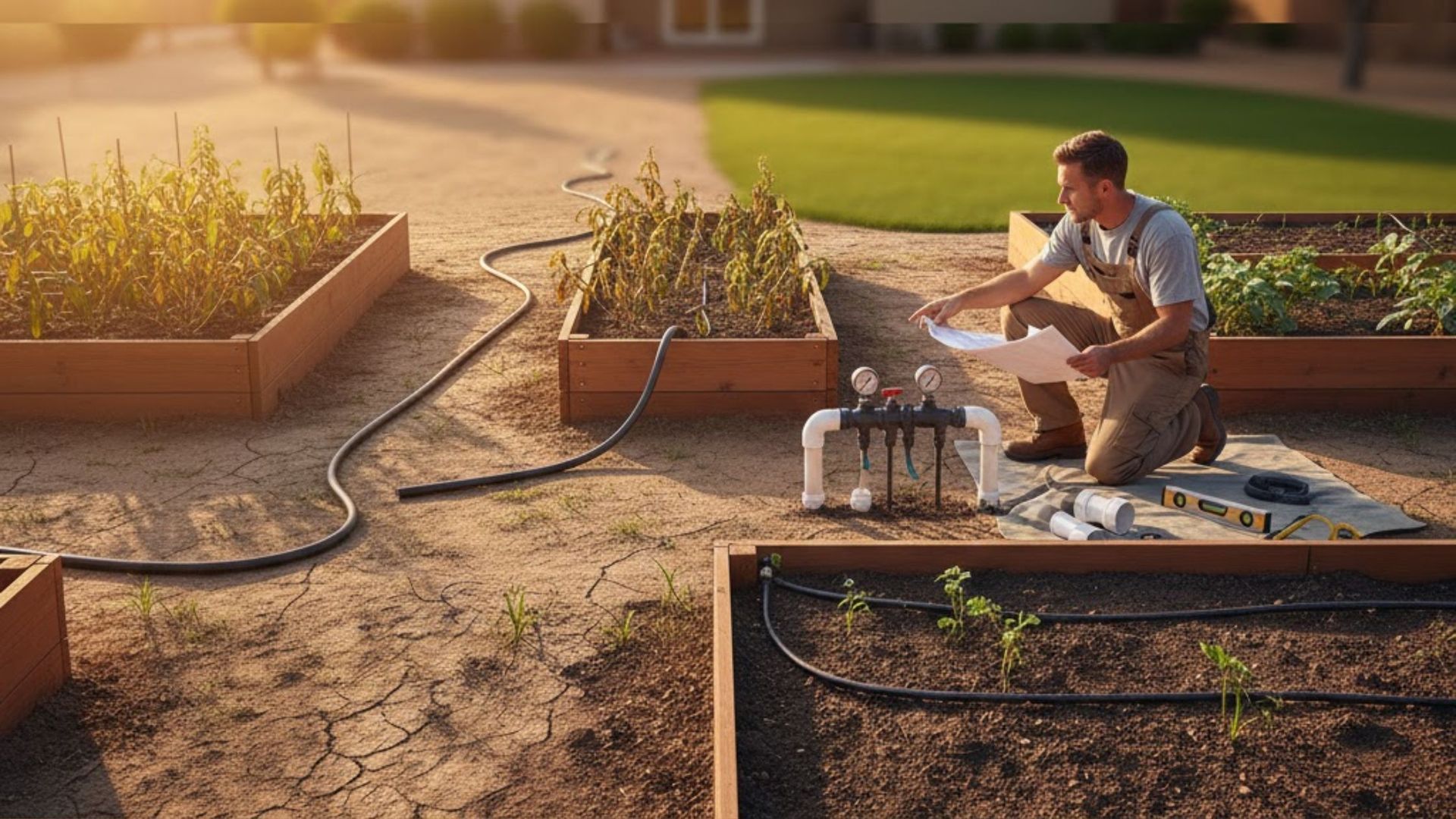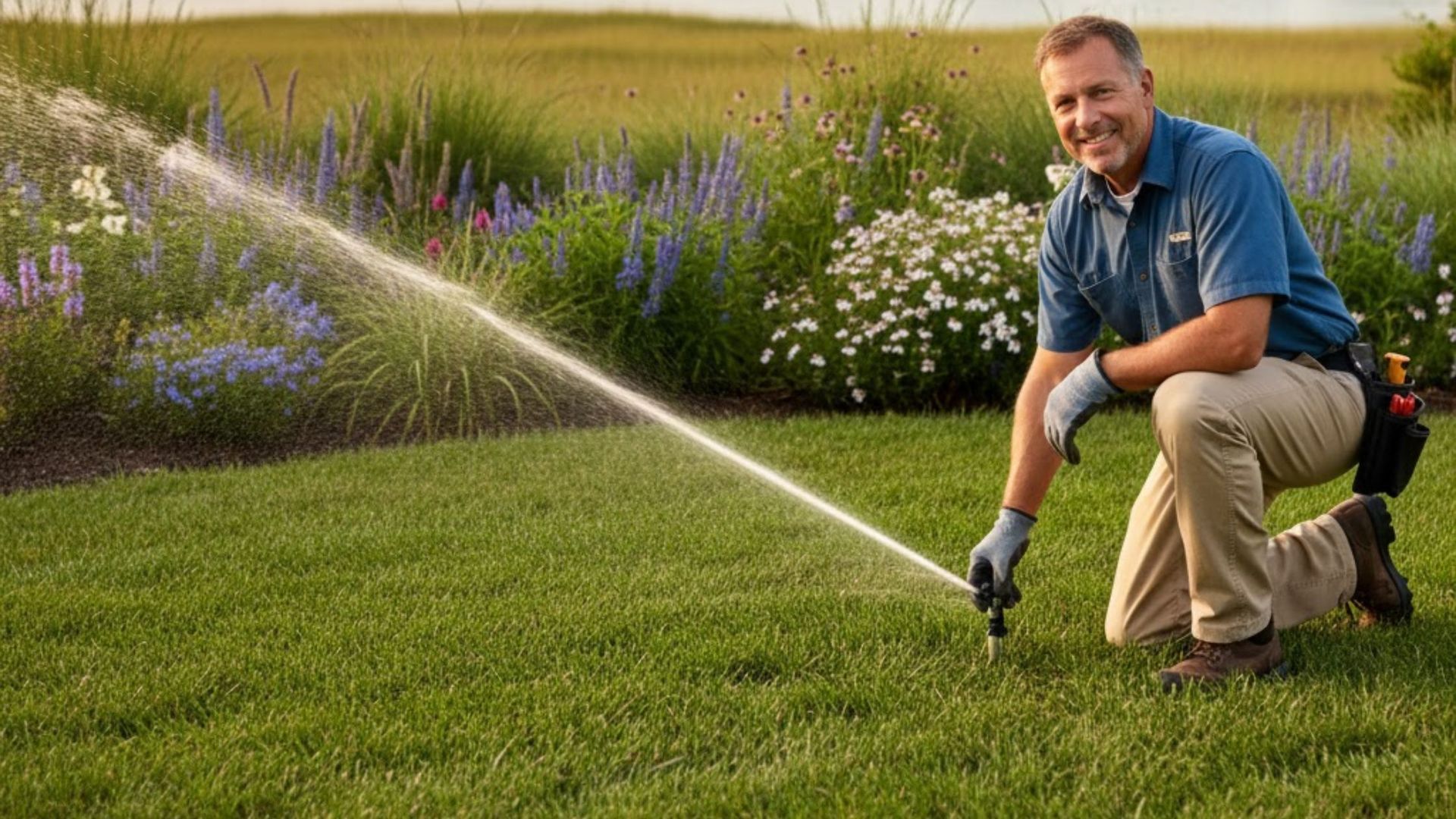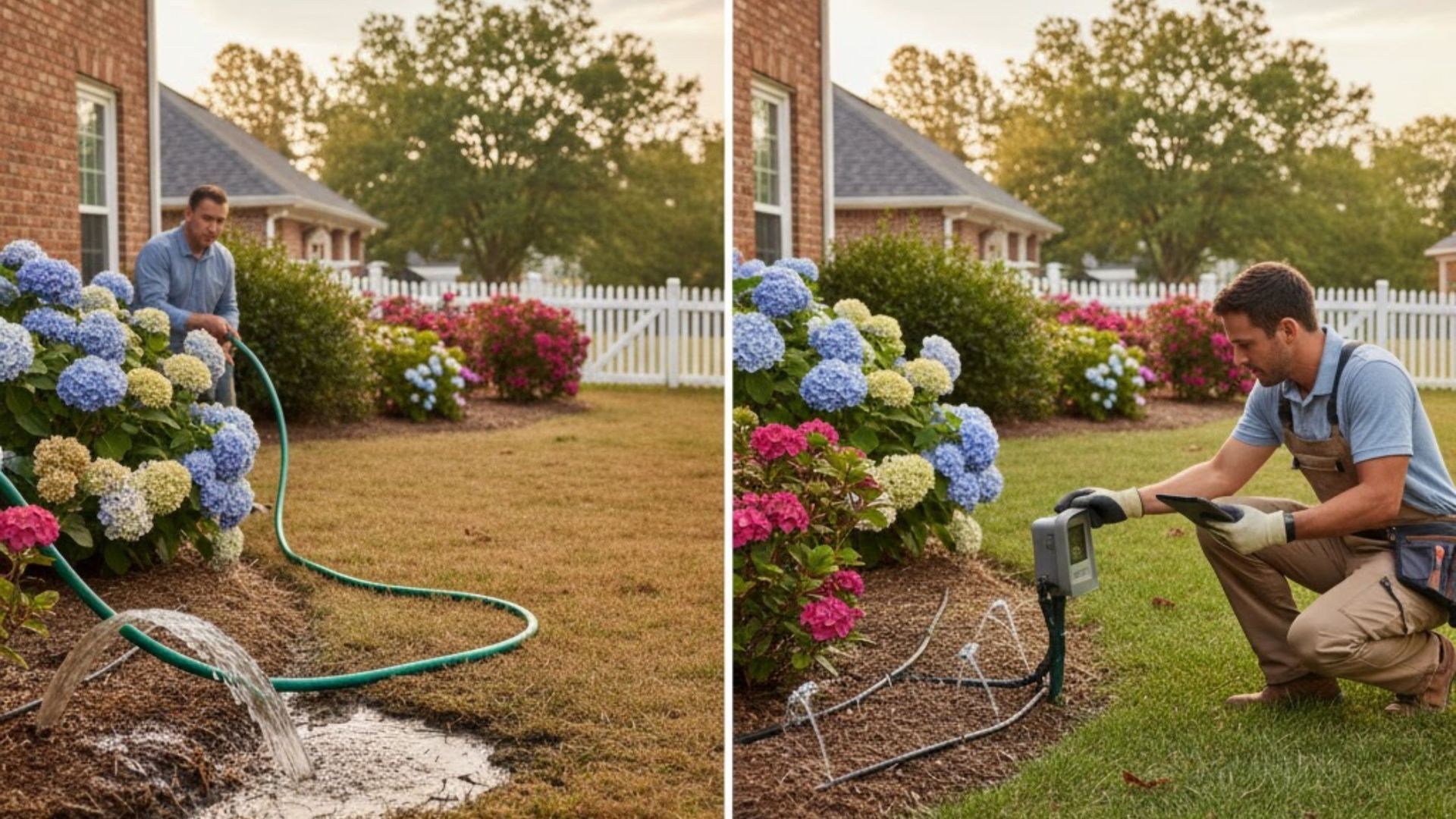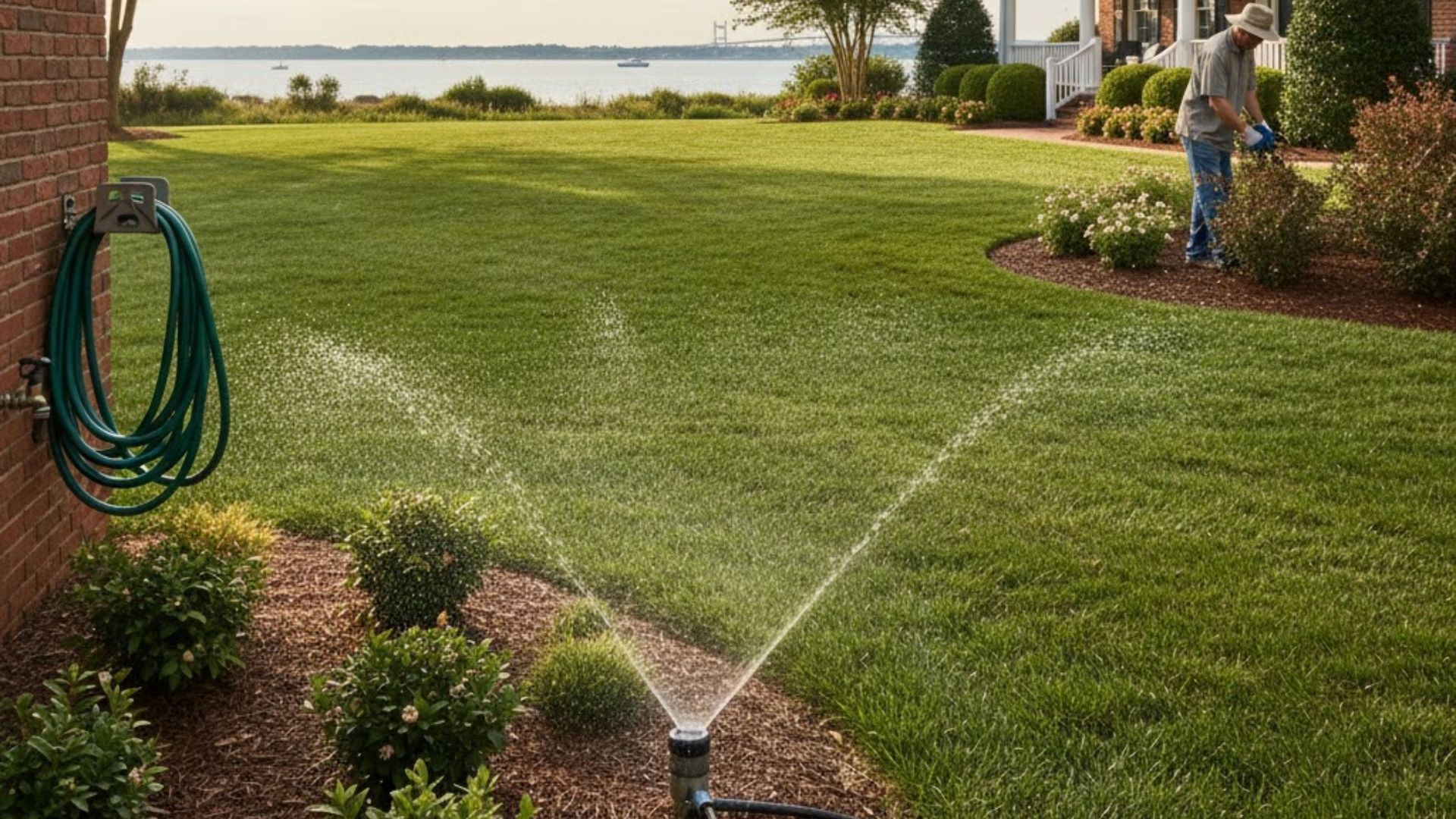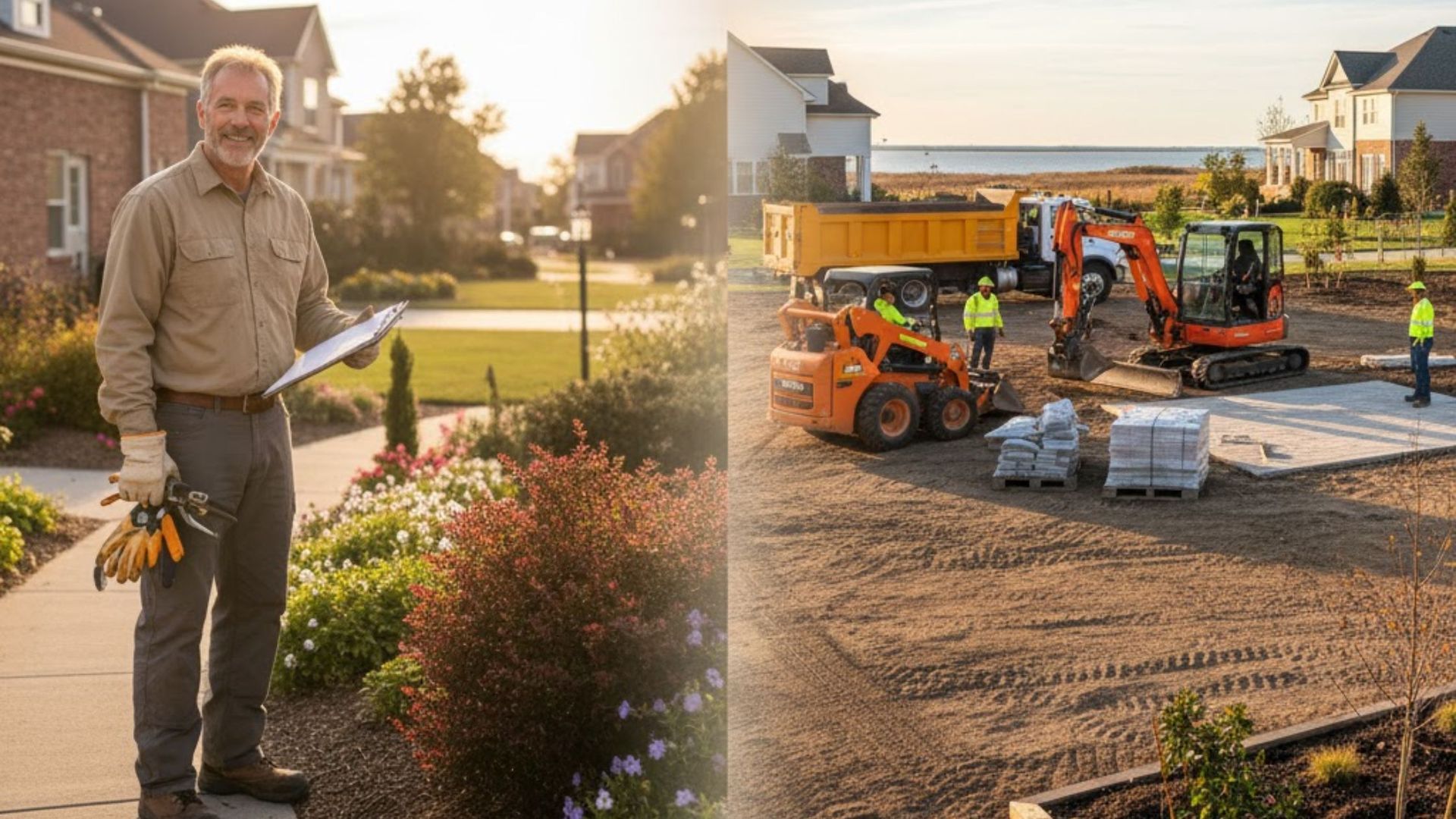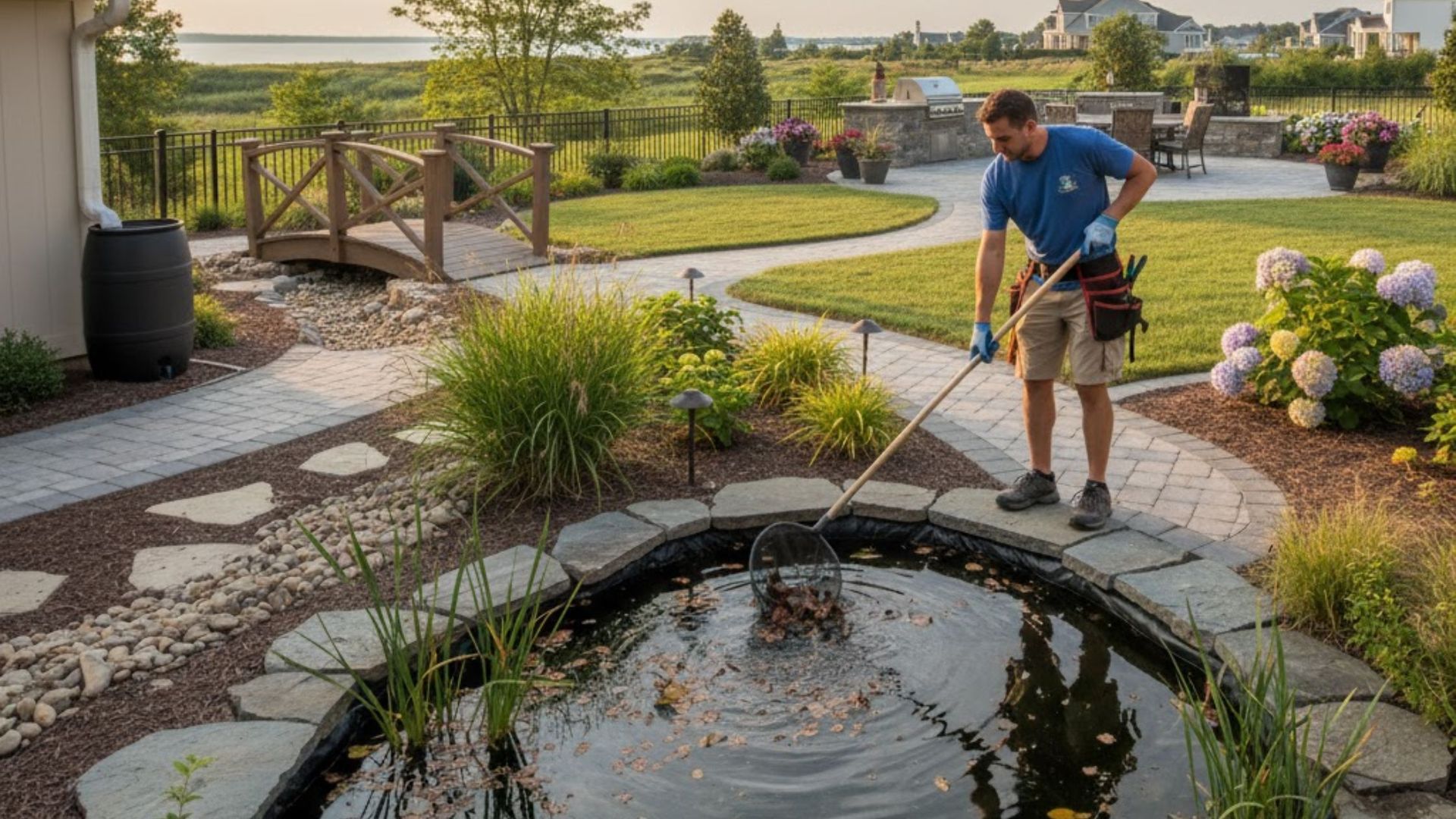What are the best outdoor patio lighting ideas for a Hampton Roads home?
Stepping onto your terrace after dusk, you want to feel a warm invitation rather than a stark glare. Outdoor Patio Hampton Roads transforms ordinary evenings into memorable gatherings with the right glow. In Hampton Roads’ coastal setting, lighting must marry durability and style, complementing gentle sea breezes and the region’s lush landscapes. Knowing how to layer fixtures—accent, ambient, and task—ensures safety while crafting an unforgettable atmosphere under the stars.
How can I choose the perfect Outdoor Patio Hampton Roads lighting for my home?
Outdoor Patio Hampton Roads shines brightest when tailored to your lifestyle and architecture. Begin by assessing your patio’s shape, traffic patterns, and focal points like a fountain or built-in grill. Coastal humidity and salt air demand fixtures made of marine-grade materials or powder-coated stainless steel for lasting beauty.
Ambient illumination creates a soft overall glow, ideal for socializing. Accent lights highlight architectural details or plantings—uplights against a stone wall or an ornamental oak make night scenes cinematic. Task fixtures like pendant lamps over an alfresco dining table ensure every meal is both safe and sumptuous.
Think beyond aesthetics: energy efficiency and control systems keep utility bills in check. Low-voltage LED kits paired with motion sensors and dimmers let you adjust mood and brightness, even via smartphone apps. A thoughtful plan considers wire routing, transformer placement, and future expansions.
What types of outdoor patio lighting work best in coastal climates?
Salt-air corrosion and sudden thunderstorms define Hampton Roads weather. Fixtures with a high IP rating (IP65 or above) resist moisture and airborne salt. Look for brass, copper, or marine-grade stainless steel finishes—they develop a patina that enriches rather than deteriorates.
Solar lights offer a flexible, wire-free solution, but they can underperform on cloudy days. Hybrid fixtures—solar panels supplementing low-voltage LED bulbs—bridge reliability and sustainability. Photo-electric dusk-to-dawn sensors automate lighting schedules, enhancing security with minimal upkeep.
Landscape lighting professionals often recommend powder-coated aluminum for path lights and step lights. Combined with sealed wire connectors and burial-grade cables, they withstand flooding and rain without compromise. Motion-activated wall sconces by the doorway add both function and an architectural accent.
How do I design a layered lighting plan for my patio?
A dynamic patio lighting scheme uses three layers: ambient, task, and accent. Ambient fixtures provide the foundational glow. Consider recessed deck lights or integrated soffit lighting if your patio roof supports it.
Task lights are positioned where functionality is paramount. Under-cabinet LEDs in outdoor kitchens, gooseneck swing-arm sconces beside seating nooks, and pendant lamps above a bar offer precise illumination for cooking, reading, or game nights.
Accent lights sculpt the visual narrative. Uplight specimen trees, downlight pergola beams, and bollard lights along a walkway draw the eye through your space. Subtle integration—hidden fixtures pointed at textures—makes features pop without clutter.
Mixing color temperatures adds depth: 3000K warm whites evoke candlelight, while 4000K crisp whites energize spaces for tasks. Smart controllers allow zoning: group ambient lights separately from accents so you can dim the path lights while boosting under-counter lighting.
Which fixtures like bistro lights, outdoor sconces, and landscape lighting can enhance ambiance?
String lights evoke European bistro charm, weaving overhead in soft arcs that feel festive yet intimate. LED filament bulbs within weather-proof casings mimic Edison charm without the energy drain.
Outdoor sconces flank doorways or mount on pillars, offering a sculptural focal point. Choose styles from lantern-inspired to minimalist cylindrical forms. Motion-sensing sconces not only welcome guests but discourage prowlers.
Landscape lighting extends your patio’s footprint into the garden. Path lights guide feet along stone pavers, uplights dramatize foliage, and well lights embedded in steps prevent stumbling. Integrating these fixtures with your irrigation and hardscape plan ensures cabling stays out of sight and out of harm’s way.
Solar-powered path lights may not match a wired system’s brightness, but they deliver eco-friendly mood lighting along low-traffic edges. For subtler, long-lasting accenting, consider fiber-optic star-field kits buried in gravel beds to mimic a canopy of stars underfoot.
How do I blend style and functionality with bistro lights?
Bistro lights promise effortless drama. Draped across pergolas or anchored between columns, they create a starlit canopy that feels as if the universe has come down to grace your patio. For Hampton Roads humidity and wind, opt for shatterproof polycarbonate globes or stainless wire strands.
Control matters for bistro installations. A smart dimming transformer tucked near the house lets you shift from bright gatherings to whisper-quiet evenings with a tap on your phone. Typhoon-rated clips and hooks ensure lines stay secure, even on breezy waterfront porches.
Pairing these strings with subtler uplights on plants or walls prevents the scene from flattening into a uniform glow. Layering prevents eye fatigue when guests transition from under the luminous canopy to an adjacent fire pit or outdoor sofa.
What are the advantages of incorporating outdoor sconces?
Outdoor sconces redefine architectural contours by day and sculpt them by night. Mounted along walls or pillars, they frame doorways with pools of light that merge safety and elegance. Salt-spray finished brass sconces resist corrosion along beachfront facades.
Adjustable-head sconces let you angle downlight onto seating or lantern ends to wash a brick wall in soft brightness. Fixture height and projection distance matter: positioning at eye level reduces glare, while deeper arms push illumination onto the floor.
Integrating dusk sensors automates sconce activation, freeing you from manual switches. Some modern designs offer interchangeable lenses—clear for sparkle, frosted for a muted haze—so you can swap styles as seasons or tastes evolve.
How can landscape lighting tie my patio into the surrounding yard?
Patios rarely exist in isolation. Smooth transitions between deck pavers and garden beds encourage guests to wander. Low-voltage path lights spaced three to five feet apart mark edges, while LED strip lights beneath deck railings provide safe, gentle guidance.
Accent bulbs nestled within planters highlight foliage textures, from feathery ferns to palm fronds. Mount spotlights at a 45° angle to avoid harsh shadows and balanced planting beds. Piers and columns can conceal uplight fixtures, delivering a polished wash without visible hardware.
Remote-controlled controllers let you adjust landscape lighting independently from your patio’s ambient fixtures. On event nights, flood the lawn for games; on quiet evenings, dim to a whisper just enough to read a book on a hammock.
What materials and finishes withstand Hampton Roads conditions best?
Coastal environments demand fixtures that resist moisture, salt, and wind. Marine-grade stainless steel and solid brass excel in these conditions, developing an attractive patina rather than flaking or rusting.
Powder-coated aluminum is lightweight, cost-effective, and UV-stable, preserving color under harsh sun. Polycarbonate lenses resist impact from flying debris during storms and won’t yellow over time. For hardscape lighting, choose burial-rated cables and gel-filled connectors that seal out moisture.
Even low-voltage transformers should sit under a roofline or within a weatherproof enclosure to guard against humidity. Every junction box and switch must meet outdoor electrical codes, ensuring safety and longevity.
How do I plan for installation and maintenance?
A professional landscape electrician can map wiring routes that avoid irrigation lines and future planting zones. Embedding conduit early simplifies later upgrades. Label each circuit and transformer for easier troubleshooting.
Routine cleaning of lens covers prevents salt buildup that can diminish brightness. Annual checks before hurricane season ensure that fixtures remain secure and transform modules stay watertight. Replacing LED modules in older fixtures often extends product life by another five to ten years.
Strategic placement of junction boxes at accessible height prevents you from lifting pavers or tearing up turf when a repair is needed. Wireless controllers reduce complication but rely on good signal placement; test remotes from various positions on the property.
Conclusion: Illuminate your space with confidence and style
Outdoor Patio Hampton Roads becomes more than a phrase when every fixture serves a purpose—from the shimmer of bistro lights overhead to the sculpting glow of landscape lighting along pathways. Thoughtful outdoor sconces frame entryways and seating alcoves, while marine-grade finishes stand up to coastal challenges. Embrace layered illumination that combines ambient, task, and accent zones, all governed by smart controls for effortless mood shifts.
For a personalized plan that merges lasting quality with unparalleled aesthetics, partner with our pros. Let us turn your vision into a glowing reality.
Contact us to schedule a design consultation and see how every detail—from IP-rated fixtures to color-tuned LEDs—works together.
At the end of the day, you deserve evenings that feel as curated as your daytime views. Trust Hampton Roads Irrigation & Landscape to light your patio with the same dedication you invest in your home.
Frequently Asked Questions
What is the optimal brightness level for outdoor patio lighting?
Aim for 5 to 15 lumens per square foot in ambient zones for casual lounging. Task areas—like cooking stations—may require up to 30 lumens per square foot. Always balance brightness with dimming options to prevent harsh glare.
Can I mix solar and low-voltage LED systems on the same patio?
Yes, mixing provides flexibility. Use solar lights for perimeter or decorative accents and low-voltage LEDs for primary pathways and task zones. Just keep separate wiring and controls for each system to simplify maintenance.
How do I prevent glare in my outdoor lighting design?
Choose fixtures with integrated shields or adjustable heads. Position uplights at a 45° angle away from seating areas. Incorporate dimmers and indirect bouncing off nearby walls or ceilings for soft diffusion.
Are smart controls compatible with marine-grade fixtures?
Absolutely. Many IP-rated dimmers and timers mount inside weatherproof enclosures. Ensure compatibility by selecting controllers designed for outdoor or marine applications and pair with fixtures rated for coastal use.
How can I extend the life of my outdoor lighting fixtures?
Schedule annual inspections to clean lenses and tighten mounts. Replace seal gaskets around lens covers as they age. Upgrade to LED modules when brightness diminishes to avoid full fixture replacements.

